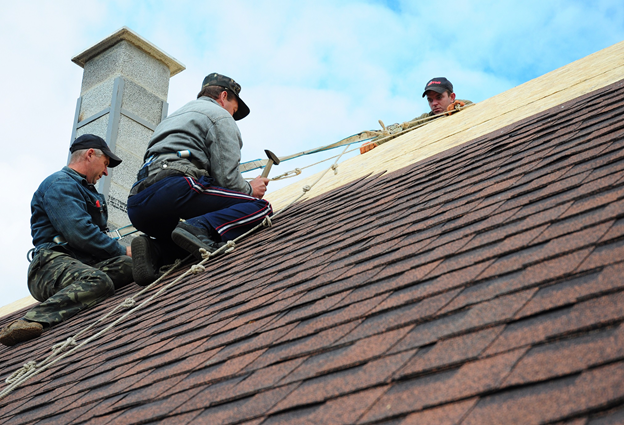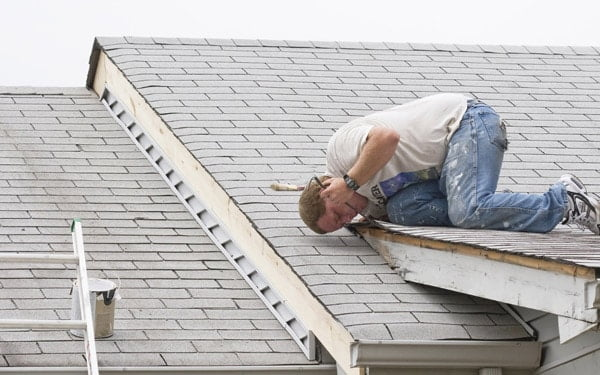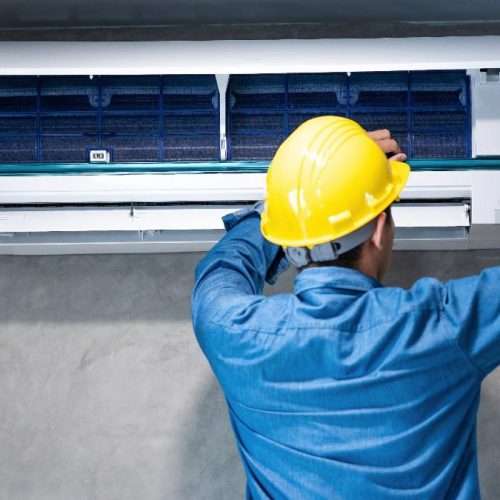While the foundations are the bones of the house, keeping it standing, the roof protects it. Like a sturdy umbrella or a quality-made hat, it is essential to have a good barrier between us and the elements. There is a reason why one of the most well-known blessings is “to have a rooftop over one’s head.” After all, it is the one thing that characterizes a home.

However, they can be quite tricky at times. Considering they are the first and most exposed point of contact in the house with the weather, they can be prone to damages more often. That is why it is vital to keep a close eye on any changes brought on by the elements.
In fact, with the rapidly changing climate these days, roof damage is a genuine problem. Many homes in places such as Texas have roofs that were not built to sustain increasingly wet and cold weather, so unexpected storms like the recent snowstorm can be devastating. Check out this link for more information about the property damage: https://www.cbsnews.com/news/texas-winter-storm-uri-costs/
The damage on your roof could also lead to additional stress on your foundation and beams, which could then contribute to sagging, affecting the house’s entire structure. Not only could you end up with a leak in your ceiling but even a devastating collapse!
So, what should you do when faced with any impairments on your rooftop? It could be tempting to do the repairment yourself, especially nowadays when we are all trying to keep our contacts with strangers to a minimum.
Unfortunately, amateur dabbling in such a sensitive area of your house might not be the smartest decision. Indeed, dealing with roof repair by yourself is much more complicated than fixing a leaky faucet or painting a wall. A small mistake such as a missing shingle could become an even bigger problem for you in the future.
Luckily for you, we have got you covered! No need to be scared of this after reading this article. Here are several tips on avoiding making those mistakes and what to look out for when deciding on roof repair.
Being your repairman

There are plenty of DIY tutorials and videos out there that could guide you step by step on your roof handyman journey. However, you should pay attention to see if the instructions apply to your situation and if they come from a reputable source. What works for one person may not work for another. Likewise, some might have gotten lucky, but you may be the unfortunate one who ends up with a catastrophic result.
First of all, meticulously inspect your rooftop for any gaps or holes where the water might be leaking in from. These are cracks where elements such as the chimney, vents, joints, etc., intersect with the roof. Depending on the material and the structure of your house, you can use several substances to seal these leaks.
A lot of people go for a roof sealant which is a product with multiple purposes. It is usually used on flat concrete roofs to prevent leaks, although there are several options for sloped ones and ones with shingles. Using one of these can do wonders to protect it not only against rain and snow but the UV exposure from the sun as well! Many contractors recommend it as additional insulation of the house due to its ability to keep the temperature cool in the summer and the heat inside during winter.
In case your problem is not easily fixable with this kind of approach, then you might consider replacing your shingles. Bear in mind that you should not choose the cheapest ones on the market to save money. You should use the exact product as the original to ensure seamless integration on the existing roof. For detailed instructions on how to do it, go here.
If, for some reason, you can’t find the same product used when the roof was being built, then do not worry; there is a way around that too! Use roofing nails and roofing cement to straighten out curled-up shingles. If you are scared, they might break, then try using a heat gun to soften them before applying the rest.
Another culprit for your rooftop leaks could be issues with the flashing. Flashing is the material placed under the shingles to prevent water and other liquids from leaking through the cracks and openings of your roof.
Depending on the location, there are four key areas you should look out for regarding flashing problems. These include protrusions like bathroom vents, kitchen vents, skylights, edges such as eaves and rakes, the low points where two different roof slopes join, and the surface where the rooftop joins the wall. Professionals such as Allseason Contractors Roofing Services could help you find them with a thorough inspection. Sometimes, it is better to be safe rather than sorry.
One more unnoticeable cause for your leaks could be exposed nail heads. Namely, many contractors, upon setting up the roof, can miss its framing member, leaving the nails uncovered. Commonly referred to as “shiners,” then these nails get stuck in the attic between the roof and the house, from which steam escapes and then solidifies in the cold temperatures at night. In the morning, after the degrees rise, that moisture returns to its liquid form and starts leaking into your ceiling.
If you decide to take on the challenge of roof repair, pay attention to your wardrobe and dress appropriately for the occasion. Sure, wearing old shirts and jeans goes without saying, especially if you deal with messy materials. But one of the things many people overlook is their choice of footwear. Specifically, avoid wearing anything but rubber-soled shoes as any other material might damage the shingles and could result in risky slips.
Lastly, know when to set the hammer down and admit defeat. There is nothing wrong with concluding that you are way in over your head! Some things are better left to professionals, and if the damage to your roof goes beyond some simple repairs, you might have to change it entirely. In that situation, your best bet is to put your faith in trained repairmen who can deliver the best product to you.
Find more house and home tips, like roof repair, in our archives.






